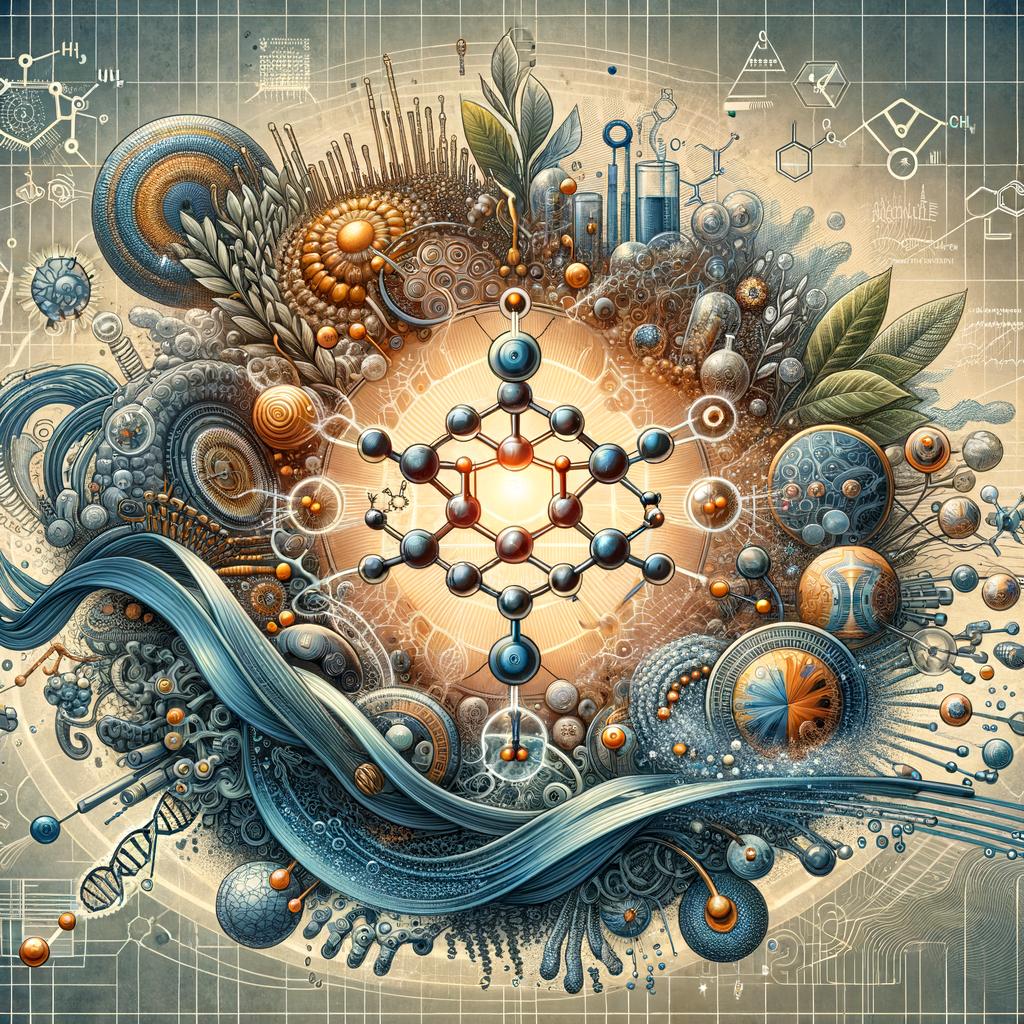
Introduction
Diving into the intriguing universe of biology unveils a sensational symphony of tiny players working together to keep the magic of life ticking away. At the heart of this complex orchestra, you may stumble upon a question: which complex in the system does Ubiquinone reduce? The answer, simply put, lies in Complex I and Complex II of the respiratory system. While this straight answer might seem innocuous, it opens the gateway into an exquisite world of biochemical processes that act as the lifeblood of our cells. Exploring these processes will demystify the role of Ubiquinone, also known as Coenzyme Q10, in the reduction processes of Complex I and Complex II. So, fasten your seatbelts as we journey through the cell’s metabolic machinery to elucidate this phenomenon.
Intriguing Insights into Ubiquinone
Ubiquinone, or Coenzyme Q10, is indeed an essential cog in the machinery of cellular metabolism. Recognized as a mobile carrier of electrons, it is instrumental in the production of adenosine triphosphate (ATP), right at the coronary heart of the mighty mitochondrion’s respiratory chain.
Unveiling Ubiquinone’s Role
Ubiquinone’s crucial responsibility comes into play in the transfer of electrons, acting as a mediator between Complex I and Complex II, earning its stripes as a ‘go-between’ in the respiratory chain.
The Beautiful Ballet of Biochemical Reactions
Before we delve into the nitty-gritty of how Ubiquinone gets reduced, it’s essential to understand how metabolic processes unfold inside the microscopic universe of a cell. These sophisticated biochemical ballets involve numerous players, each slipping into critical roles, creating a remarkable harmony. In this setting, our inquiry focuses on two leading dancers: Complex I and Complex II.
Spotlight on Complex I and Complex II
Both also known by their stage names, NADH Dehydrogenase and Succinate Dehydrogenase respectively, Complex I and Complex II are integral components of the mitochondrial respiratory chain.
The Reduction Drama of Ubiquinone
The dance of electrons within the metabolic processes is an intensely captivating affair. It is within this captivating dance where Ubiquinone shines, summer-saulting between its oxidized (Ubiquinone) and reduced forms (Ubiquinol).
Complex I and Complex II’s Partnerships with Ubiquinone
Ubiquinone is reduced to Ubiquinol by Complex I and Complex II, accepting electrons rendered by these two dancers, embodying the essence of a truly cooperative biochemical cast.
The Respectable Role of Coenzyme Q10
Given its critical role in the cellular energy production cycle, it is not surprising that Ubiquinone, or Coenzyme Q10, has been linked to an array of health benefits, acting as a gateway to combat aging, boost energy levels, and support heart health.
The Ubiquitous Ubiquinone
With its presence spanning across various organs in the body, testament to its name “Ubiquinone”, the full range of roles this impressive coenzyme plays are still being discovered, and remain a captivating area of research.
Conclusion
The intricate dance inside our cells involving Ubiquinone, Complex I, and Complex II is a testament to the marvel of life. The reduction process involving these pivotal players is essential for healthy cellular function and energy production. Remarkably Ubiquinone acts as the link between Complex I and Complex II in the mitochondrial respiratory chain, painting a fascinating picture of cellular life that is sure to enthrall anyone delving into the wonderfully complex world of biology.
Frequently Asked Questions
1. Where is Ubiquinone found in the body?
Ubiquinone, or Coenzyme Q10, is found in every cell of the body, but is particularly concentrated in organs with high energy requirements like the heart, liver, and kidneys.
2. What is the role of Ubiquinone in the body?
Ubiquinone plays a crucial role in the production of energy within cells and acts as a powerful antioxidant protecting cells from damage.
3. How do Complex I and Complex II interact with Ubiquinone?
Ubiquinone receives electrons from both Complex I and Complex II in the mitochondria’s electron transport chain, facilitating the process of energy production.
4. What happens when there is a deficiency in Ubiquinone?
A deficiency in Ubiquinone could affect the body’s energy production, potentially leading to fatigue, reduced physical performance, or even certain diseases.
5. Can I take Ubiquinone supplements?
Yes. Ubiquinone supplements, commonly known as CoQ10 supplements, are available. They are often recommended for individuals with certain health conditions or those on certain medications. Always consult a healthcare professional before starting any new supplement regimen.



